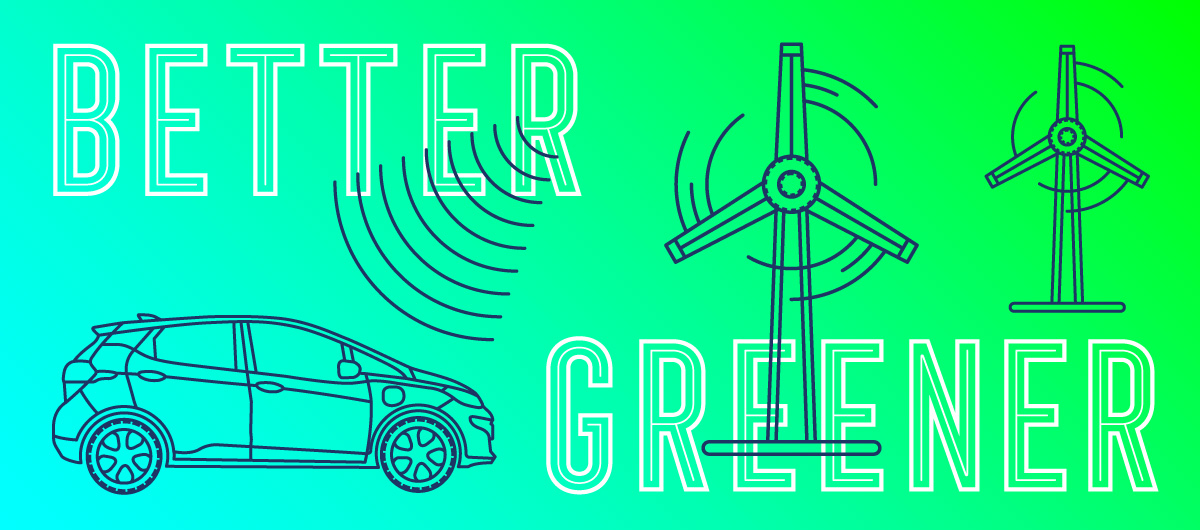
EVs get Better, Greener Over Time
Looking for a car that gets better and cleaner the longer you own it? It sounds impossible, but thanks to software updates and increasingly greener electricity grids, it’s a reality with electric cars. It’s in stark contrast with owning a gas-powered vehicle, which over time can mean mounting maintenance costs, dated technology and decreased fuel efficiency.
“It’s kind of like getting a new car every time it updates.” That’s a frequent reaction for electric car drivers. For many, the ability to receive software updates over-the-air (OTA) or with a quick trip to the dealership is a game changer. And while this capability has also begun appearing in gas-powered vehicles, EVs are far ahead of the charge.
Tesla has been sending OTA updates to its cars’ operating systems since 2012, improving navigation, battery life and more. A recent update illustrated the massive advantages of OTA updates. After Consumer Reports failed to recommend the Tesla Model 3 because of longer stopping distances, Tesla rolled out an OTA update a week later that improved the car’s braking distance by nearly 20 feet. The magazine promptly offered up its seal of approval, noting this was the first time in the publication’s history that a car improved its track performance with an OTA update.
Chevrolet recently rolled out its first OTA update for the Bolt — and Volkswagen and Nissan have announced commitments to OTA updating. Service updates are also available on EVs with a quick trip to the dealership, like with a recent Nissan LEAF fix that improved battery performance for 2016 and 2017 models.
Electric vehicles get greener over time too — because the electricity grids that supply its fuel are getting greener every year. Conversely, gas-powered cars — especially those that aren’t well-maintained — generally contribute more harmful emissions over time because fuel efficiency is lower than newer models.
A greener approach to the electricity grid has become a significant focus for utilities. According to U.S. Energy Information Administration, about 95 percent of net new electricity capacity installed across the nation in 2017 came from renewables.
That trend rings true for the energy mix that supplies EVs in the Clean Charge Network area. Emission-free energy represents almost 50 percent of KCP&L and Westar’s energy mix. The shift to sustainable sources has been dramatic. Thirteen years ago, wind energy’s contribution to KCP&L’s energy mix was negligible. By 2019, KCP&L and Westar customers will get 25 percent of their generation from wind.
KCP&L is meeting nearly half of area energy needs with zero-emission sources. With the recent merger, the company is one of the largest wind energy providers in the nation.
Additional solar and wind projects — and a recent merger with Westar — will see the percentage of generation coming from renewables continue to increase. “KCP&L is meeting nearly half of area energy needs with zero-emission sources,” says Jeff Beeson, manager of product marketing at KCP&L. With the recent merger, the company is one of the largest wind energy providers in the nation.
From day one of ownership, electric vehicles have captured the affection of drivers. With continued software updates and increasingly environmentally-friendly energy sources, that affection will grow —not diminish — over time.
